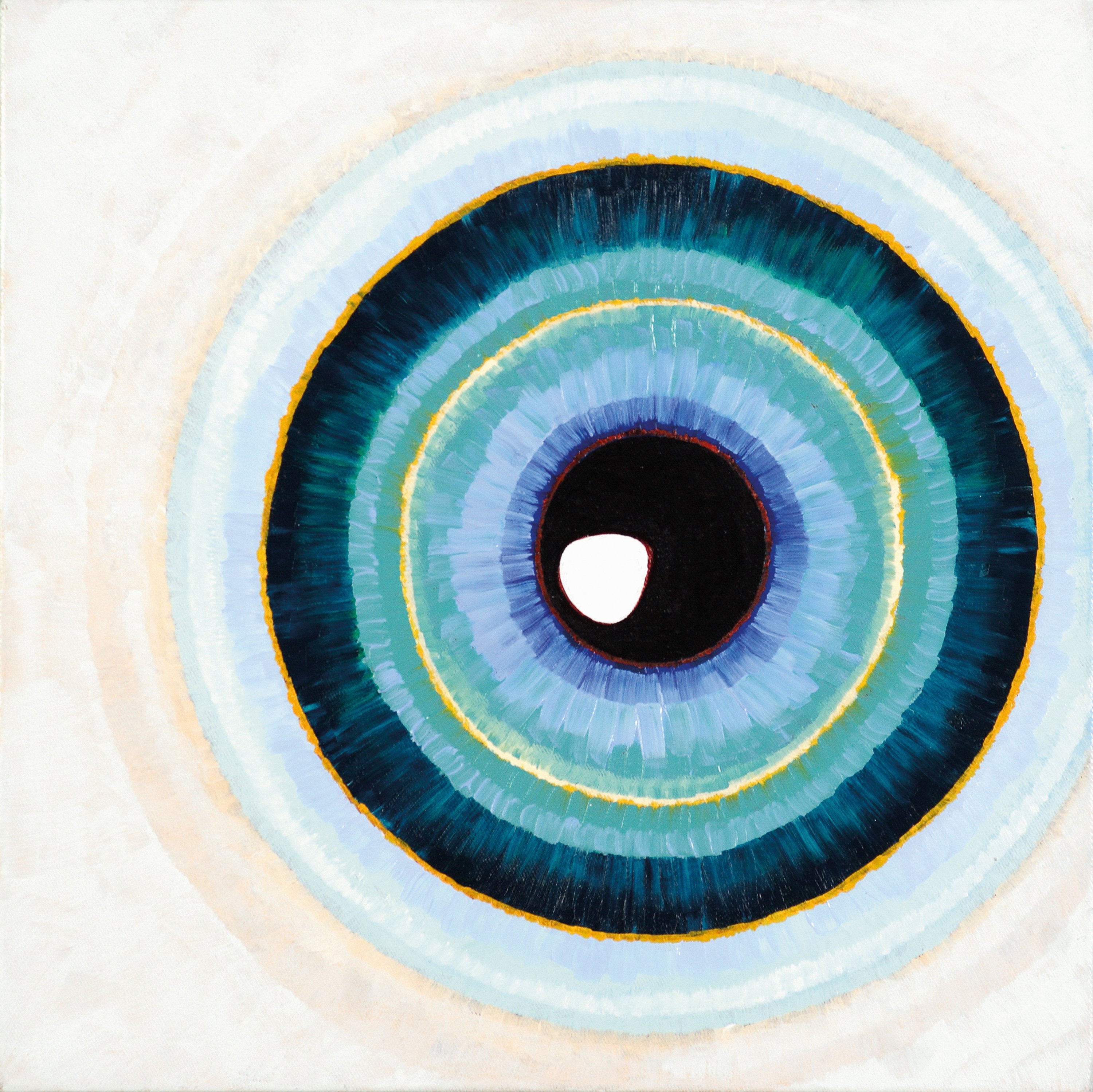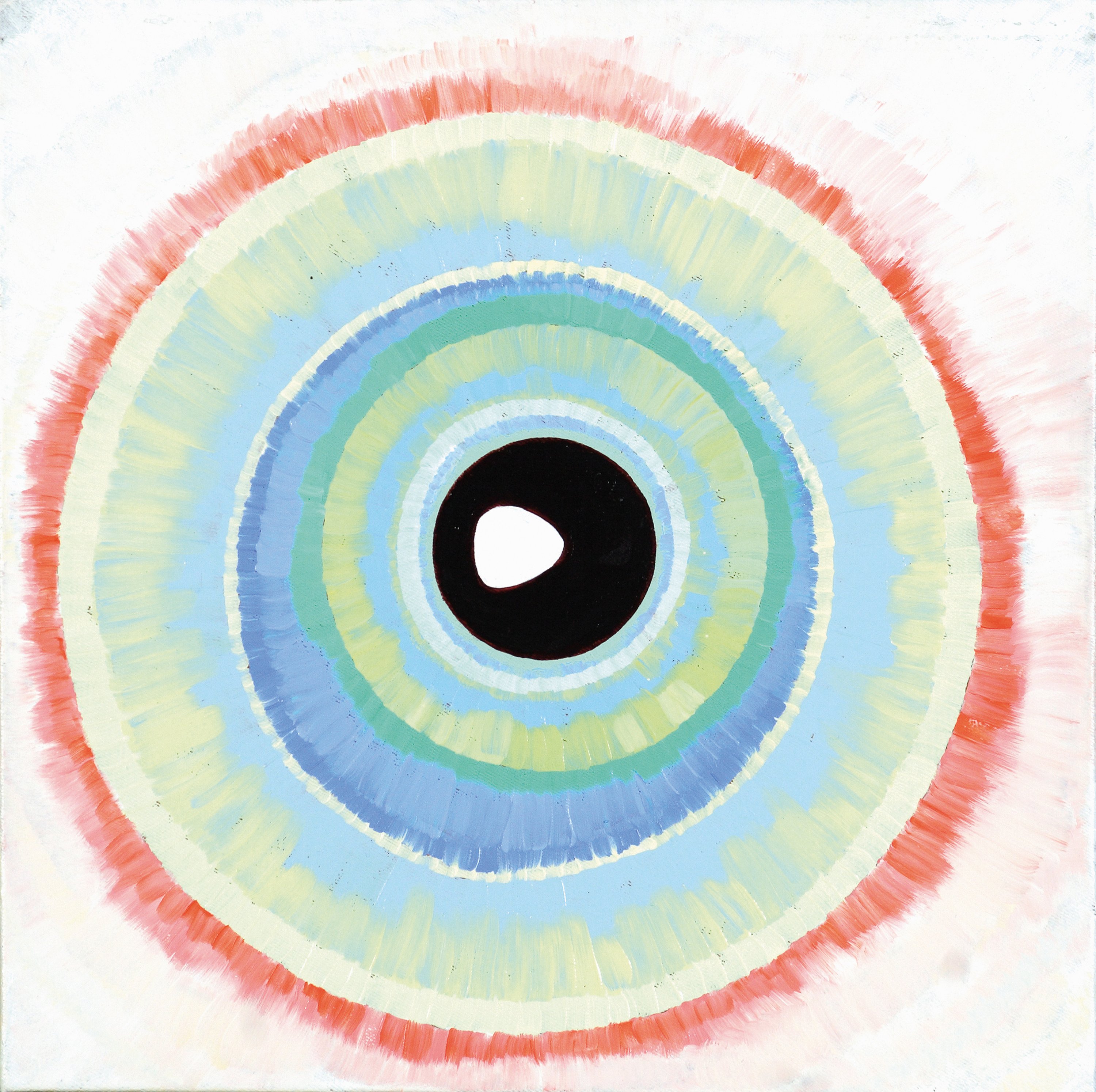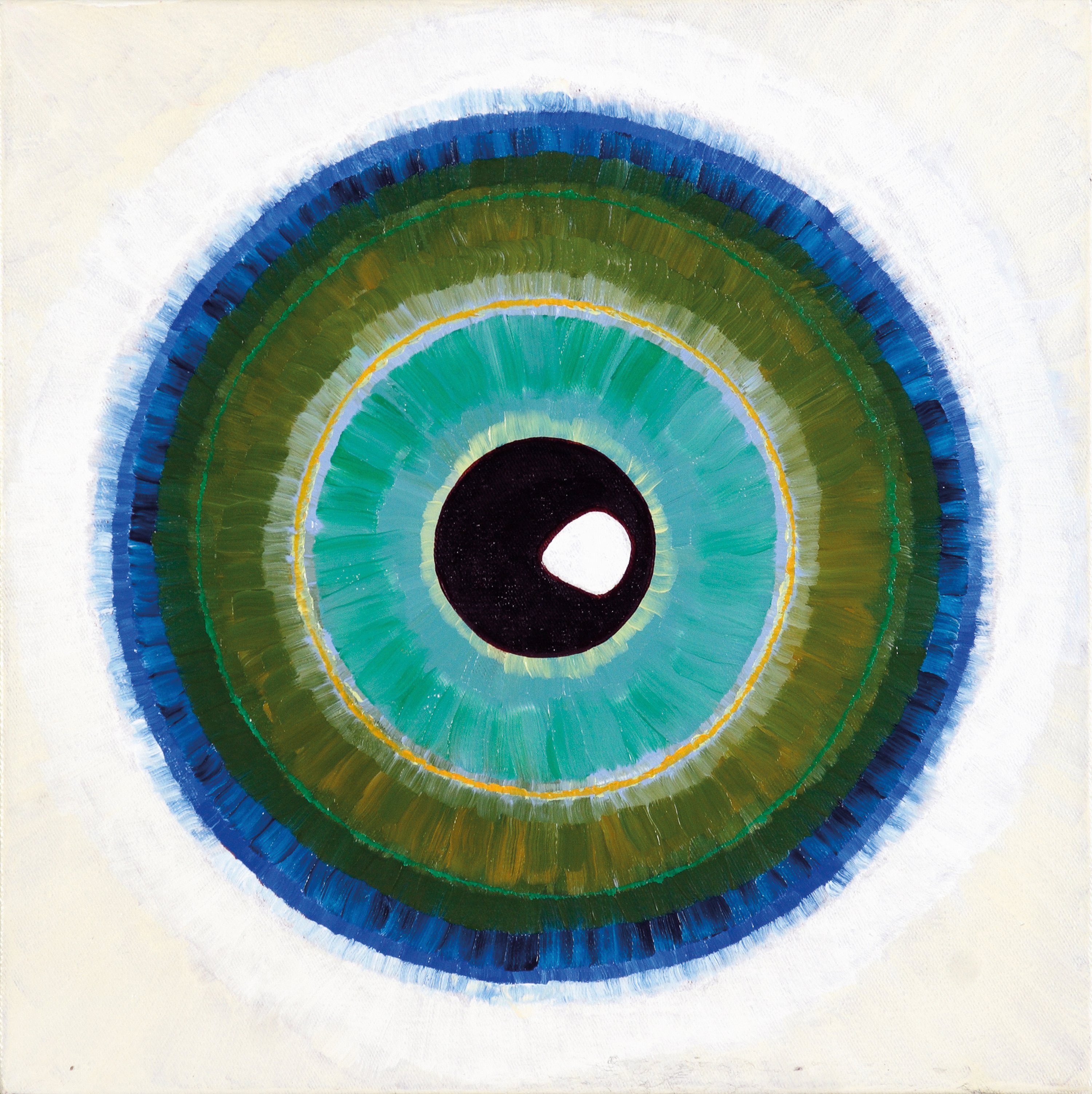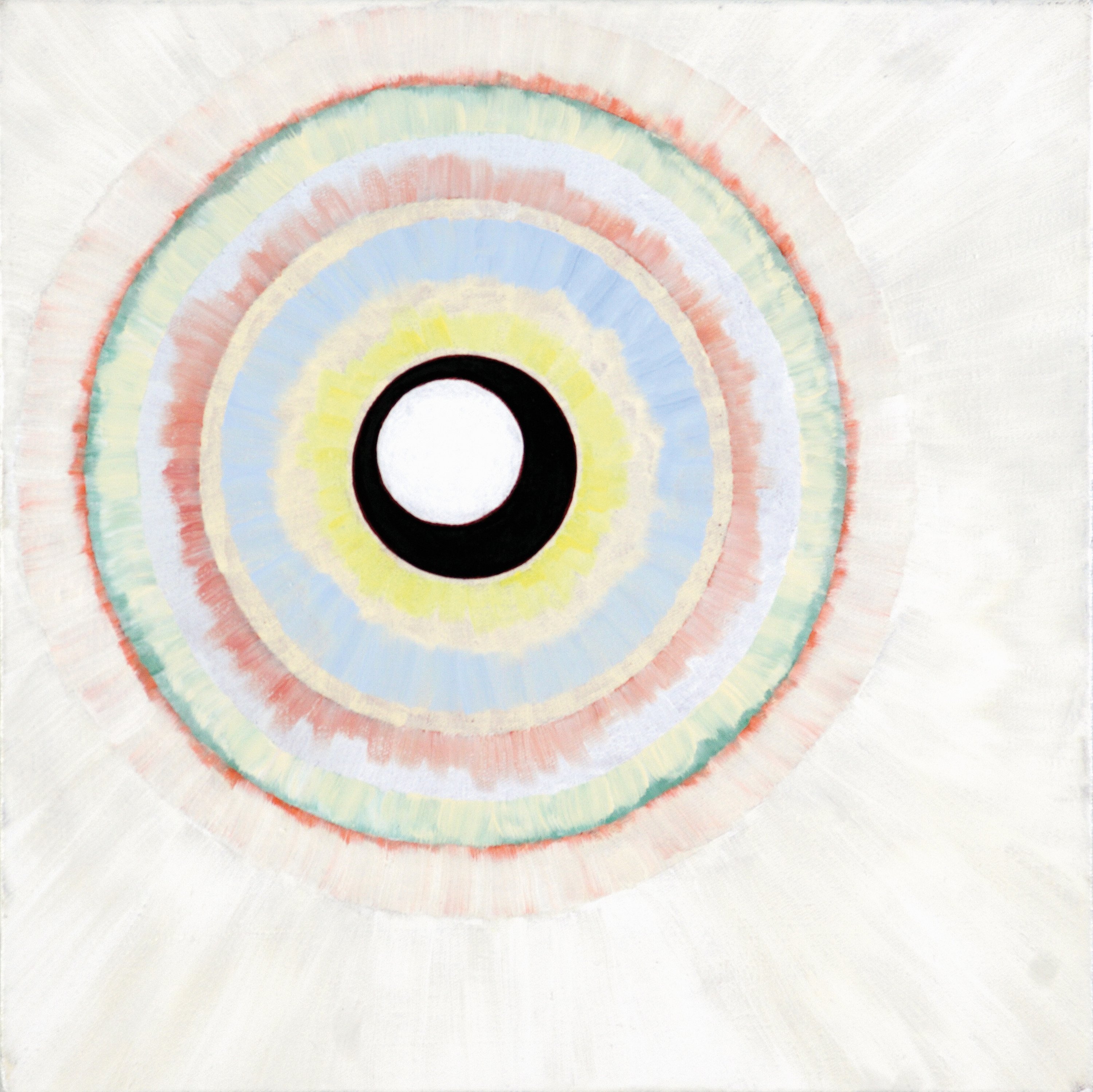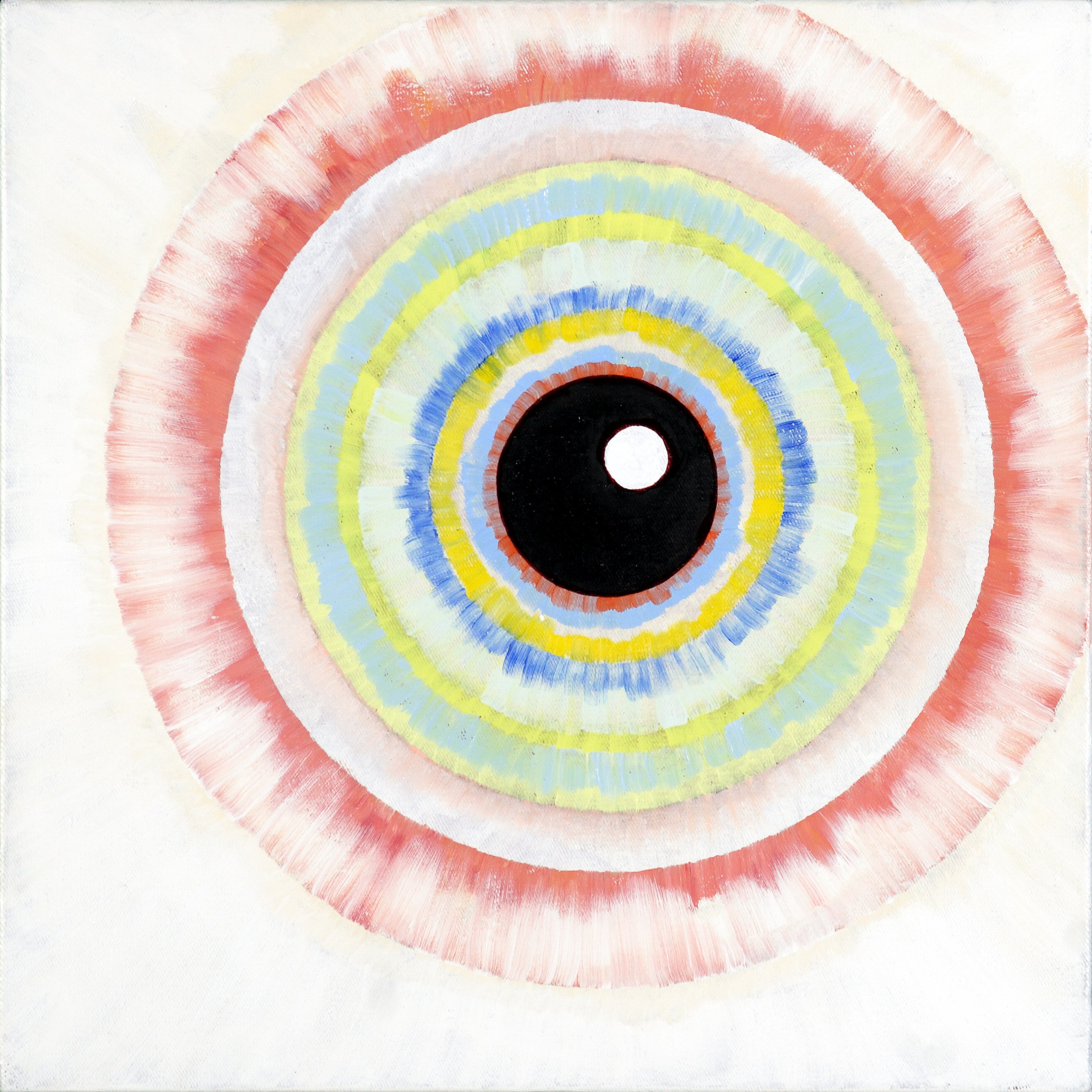Grzegorz Sztwiertnia
b. 1968, Cieszyn
Painter, creator of installations, sculptures, and videos; teacher. He is a graduate of the Academy of Fine Arts in Kraków, where he studied in Jerzy Nowosielski’s studio. In his work he focuses on the body, anatomy, medical experiments and surgery. The issue of perception and the impact of colour is another major trope in his paintings. Concentrating on the re-enactment of what was destroyed and on irreversibly lost years, he created his most expansive cycle yet, Polish Villages II. An interpretation of the architecture and colour of selected synagogues in Poland, the series is a continuation of a project by American artist Frank Stella, who created a series of paintings he named Polish Village, based on a publication on wooden synagogues by Maria and Kazimierz Piechotka. Winner of the Jan Cybis Award for 2016. He lives and works in Kraków.
The Painter's Eye
FSP ING 0066
In his work, Grzegorz Sztwiertnia focuses on the human body, its imperfections and randomness. The artist eagerly assumes the role of a Renaissance artist, examining the nooks and crannies of the human machine, enclosing its individual components in artistic visions. Sztwiertnia’s series of five paintings was created as a continuation of the work Painter’s Eye After Removal of Cataract from the Cornea—to See Better, inspired by serious surgery. In each piece, the eye—a bodily organ and painter’s work tool—is depicted in ornamental form. Were it not for the title, the ocular image would hardly be discernible among the colourful circles.
The Painter's Eye
FSP ING 0067
In his work, Grzegorz Sztwiertnia focuses on the human body, its imperfections and randomness. The artist eagerly assumes the role of a Renaissance artist, examining the nooks and crannies of the human machine, enclosing its individual components in artistic visions. Sztwiertnia’s series of five paintings was created as a continuation of the work Painter’s Eye After Removal of Cataract from the Cornea—to See Better, inspired by serious surgery. In each piece, the eye—a bodily organ and painter’s work tool—is depicted in ornamental form. Were it not for the title, the ocular image would hardly be discernible among the colourful circles.
The Painter's Eye
FSP ING 0068
In his work, Grzegorz Sztwiertnia focuses on the human body, its imperfections and randomness. The artist eagerly assumes the role of a Renaissance artist, examining the nooks and crannies of the human machine, enclosing its individual components in artistic visions. Sztwiertnia’s series of five paintings was created as a continuation of the work Painter’s Eye After Removal of Cataract from the Cornea—to See Better, inspired by serious surgery. In each piece, the eye—a bodily organ and painter’s work tool—is depicted in ornamental form. Were it not for the title, the ocular image would hardly be discernible among the colourful circles.
The Painter's Eye
FSP ING 0069
In his work, Grzegorz Sztwiertnia focuses on the human body, its imperfections and randomness. The artist eagerly assumes the role of a Renaissance artist, examining the nooks and crannies of the human machine, enclosing its individual components in artistic visions. Sztwiertnia’s series of five paintings was created as a continuation of the work Painter’s Eye After Removal of Cataract from the Cornea—to See Better, inspired by serious surgery. In each piece, the eye—a bodily organ and painter’s work tool—is depicted in ornamental form. Were it not for the title, the ocular image would hardly be discernible among the colourful circles.
The Painter's Eye
FSP ING 0070
In his work, Grzegorz Sztwiertnia focuses on the human body, its imperfections and randomness. The artist eagerly assumes the role of a Renaissance artist, examining the nooks and crannies of the human machine, enclosing its individual components in artistic visions. Sztwiertnia’s series of five paintings was created as a continuation of the work Painter’s Eye After Removal of Cataract from the Cornea—to See Better, inspired by serious surgery. In each piece, the eye—a bodily organ and painter’s work tool—is depicted in ornamental form. Were it not for the title, the ocular image would hardly be discernible among the colourful circles.
